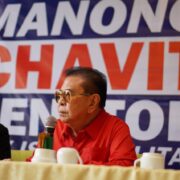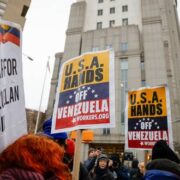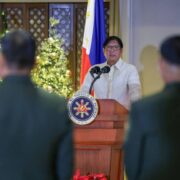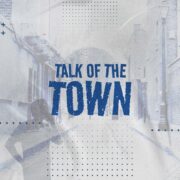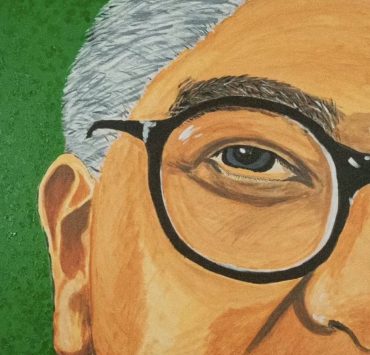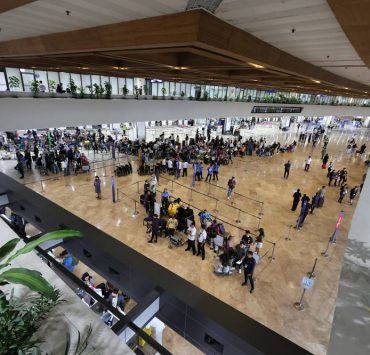GomBurZa’s success ignited nationalistic passion but does it need a sequel?
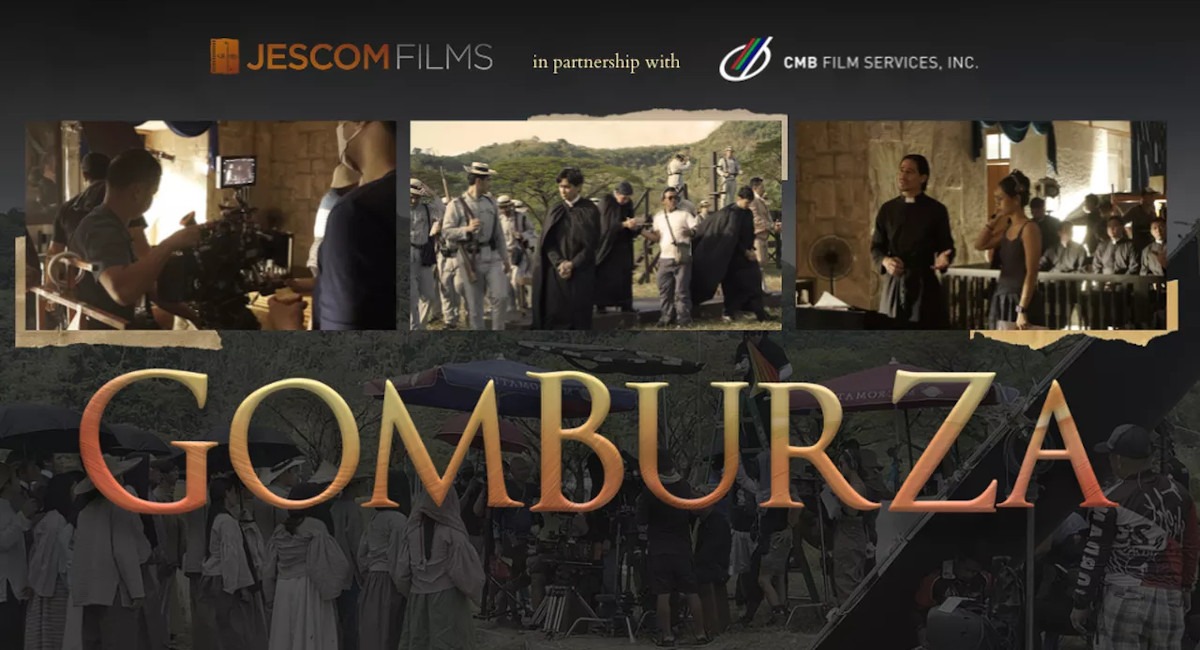
“GomBurZa,” the historical film about the execution of the titular priests, garnered extraordinary attention during its run in the 2023 Metro Manila Film Festival (MMFF). Starting from a measly 30 cinemas nationwide, online campaigning for the movie increased its cinemas to more than 130 cinemas, almost triple its starting number. It has since garnered many critical and technical awards and impressive box office numbers.Even after its success in the MMFF and the Manila International Film Festival, the movie and its team continue to host public screenings internationally, attracting enthusiastic audience goers.
The movie certainly provided a new foundation for nation-building and civic passion by reminding us of the origin of the Filipino nation. This does invite the next puzzle and question: What can be done with the momentum of this movie? How do we continue this story and continue the story of “GomBurZa”? Does it need a sequel?
The temptation to continue the story still brings to mind many cautionary tales from both Hollywood and locally. Can we have Jesuit Communications and the director, Pepe Diokno, create a cinematic universe similar to the comic book superheroes of Marvel and DC? Or much closer to home, what happened to the bombastic franchise of Jerrold Tarog historical films including “Heneral Luna,” “Goyo” (2018), and the short intermission story, “Angelito”? That emphatic and earnest attempt eventually ran out of steam. Perhaps they can pick up from where Tarog left off.
The most logical step would be to have Diokno continue the story with Rizal as his film already features the young Khalil Ramos playing Rizal as a prospective successor for the franchise. However, films featuring Rizal may already be numerous enough to comprise a subgenre of cinema in themselves, featuring many attempts ranging from the high-profile “Jose Rizal” (1998) starring Cesar Montano, and the irreverent mockumentary, “Bayaning Third World” (2000). In television, Rizal’s characters received some critical success in the historical “isekai” series “Maria Clara and Ibarra,” which tells the story of a cynical student from the present day who gets transported into the world of Rizal’s novels. Perhaps Rizal fatigue may be on the horizon.
Another candidate for the biopic treatment is his close “rival” for national hero, Andres Bonifacio. However, there have been multiple movies cinematizing the Supremo. The most recent attempts such as “Bonifacio: Ang Unang Pangulo” starring Robin Padilla and the rock musical, “2Bayani,” may not warrant the same level of novelty and response. Another example is “El Presidente,” a biopic of Emilio Aguinaldo, another revolutionary figure, ended up being an expensive vanity project for its lead actor and producer, ER Ejercito.
Perhaps the sequel needs a “Majoha” phenomenon that capitalizes on the current ignorance of the youth. Before Majoha, Apolinario Mabini, as he appeared in Tarog’s movies, was subject to online ridicule for spending most of his screen time seated without people being aware he was handicapped due to polio. Perhaps the sequel can be about more recent events and try dramatizing the people power revolution.
Topical novelty and the timing are certainly factors in the success of “GomBurZa” but they need not be essential. There is certainly an argument to be made to let “GomBurZa” rest on its laurels and allow the public to digest the material for its many issues and allegories still yet to be discussed. There is also an argument that “GomBurZa” is already in good company in the historical film genre and we should look back and reflect on the already rich albeit uneven filmography regarding our history before we think about looking forward to a sequel.
The sequel need not be forwarded by Diokno himself. Other filmmakers, writers, and studios are free to take the mantle. It need not even have old, worn-out historical characters but characters from the present. They can even be imaginary characters situated in otherwise historically and politically factual worlds. Whose stories do we tell next?
One thing is for sure, the torch must be carried and passed. This momentum must not be wasted.
Matthew Ordonez





